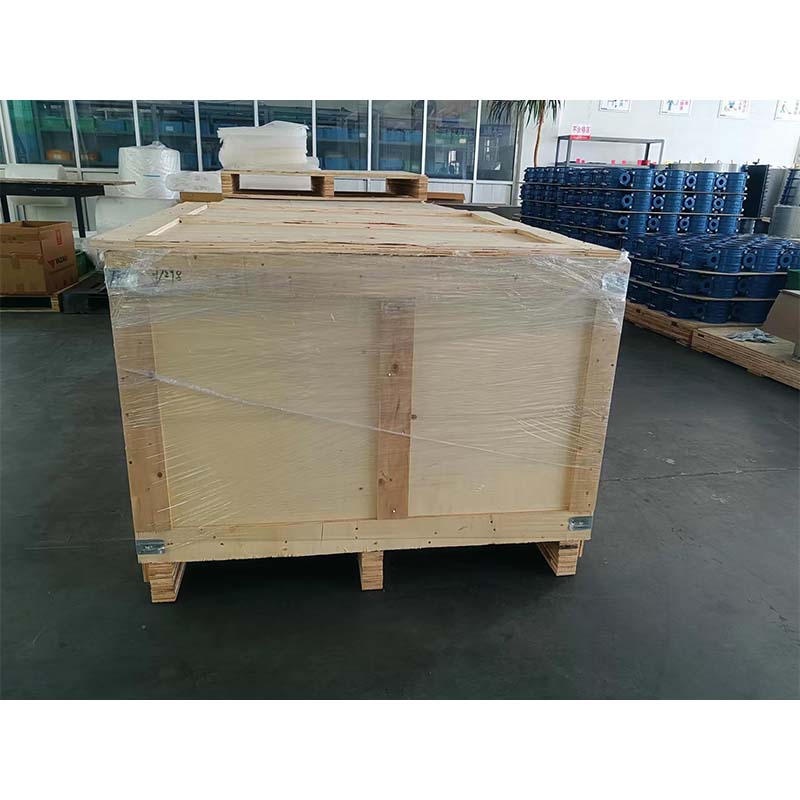Innovative Solutions for Urban Safety with Moveable Bollards and Enhanced Traffic Control Systems
The Rise of Moveable Bollards Enhancing Urban Mobility and Safety
In recent years, urban infrastructure has experienced a transformation towards improved safety and mobility. One significant innovation contributing to this change is the development and implementation of moveable bollards. These flexible barriers are designed to enhance pedestrian safety, manage traffic flow, and adapt to the dynamic needs of urban environments.
Moveable bollards are typically made from durable materials that can withstand considerable impact while remaining lightweight enough for easy operation. They can be deployed in various settings, from busy city streets to pedestrian-only zones, and even during special events. The ability to alter their position allows city planners and municipalities to control access to areas based on specific needs, whether it’s to restrict vehicle traffic during peak hours or to allow for emergency vehicle access.
One of the most compelling reasons for adopting moveable bollards is their role in enhancing safety for pedestrians and cyclists. As urban areas become more congested, the need for safer pedestrian zones has become paramount. Moveable bollards can create a physical barrier between vehicles and vulnerable road users, significantly reducing the likelihood of accidents. In many cities, these bollards are being employed to establish temporary pedestrian zones that can be adjusted based on time of day or special events, thereby promoting a safer and more accessible environment for all.
Moreover, moveable bollards contribute to the efficient management of traffic flow. In many urban centers, congestion is a persistent issue, often exacerbated by stationary barriers that disrupt the flow of vehicles. Moveable bollards offer a solution by allowing for the strategic redirecting of traffic. For example, during rush hours, certain roads can be closed to through traffic, encouraging vehicles to use alternative routes, thereby alleviating congestion in key areas. This adaptability not only improves traffic efficiency but also enhances air quality by reducing vehicle emissions in congested zones.
moveable bollards

Another important aspect of moveable bollards is their ability to support flexible urban planning. As cities grow and change, so do the needs of their populations. Moveable bollards provide an innovative solution for cities looking to implement temporary or seasonal changes. For example, during festivals or markets, sectors of a city can be temporarily closed off, promoting local businesses and community engagement without the need for permanent fixtures. The ease of installation and relocation of these bollards makes them ideal for testing new urban designs and assessing community responses.
Furthermore, the technology behind moveable bollards has evolved significantly. Modern solutions include electronic and automated bollards that can be operated remotely, enhancing convenience for city officials and allowing for real-time adjustments in response to changing conditions. This smart technology not only optimizes urban mobility but also integrates with other traffic management systems to create a cohesive approach to urban planning.
However, the implementation of moveable bollards is not without challenges. Cities must carefully consider their design, placement, and the technology used to ensure they meet safety and operational requirements. Additionally, public awareness and acceptance are crucial for the success of such initiatives, as residents need to understand the benefits and operational aspects of these barriers.
In conclusion, moveable bollards represent a forward-thinking approach to urban infrastructure. They enhance pedestrian safety, facilitate smoother traffic flow, and adapt to the evolving needs of cities. As urban areas continue to grow, the integration of versatile solutions like moveable bollards will be essential in creating safer, more efficient, and more adaptable urban spaces. With the right planning and execution, cities can leverage this innovation to improve the quality of life for their residents, fostering a more connected and sustainable urban environment.
-
The Smarter Choice for Pedestrian AreasNewsJun.30,2025
-
The Gold Standard in Round Drain CoversNewsJun.30,2025
-
The Gold Standard in Manhole Cover SystemsNewsJun.30,2025
-
Superior Drainage Solutions with Premium Gully GratesNewsJun.30,2025
-
Superior Drainage Solutions for Global InfrastructureNewsJun.30,2025
-
Square Manhole Solutions for Modern InfrastructureNewsJun.30,2025
-
Premium Manhole Covers for Modern InfrastructureNewsJun.30,2025
